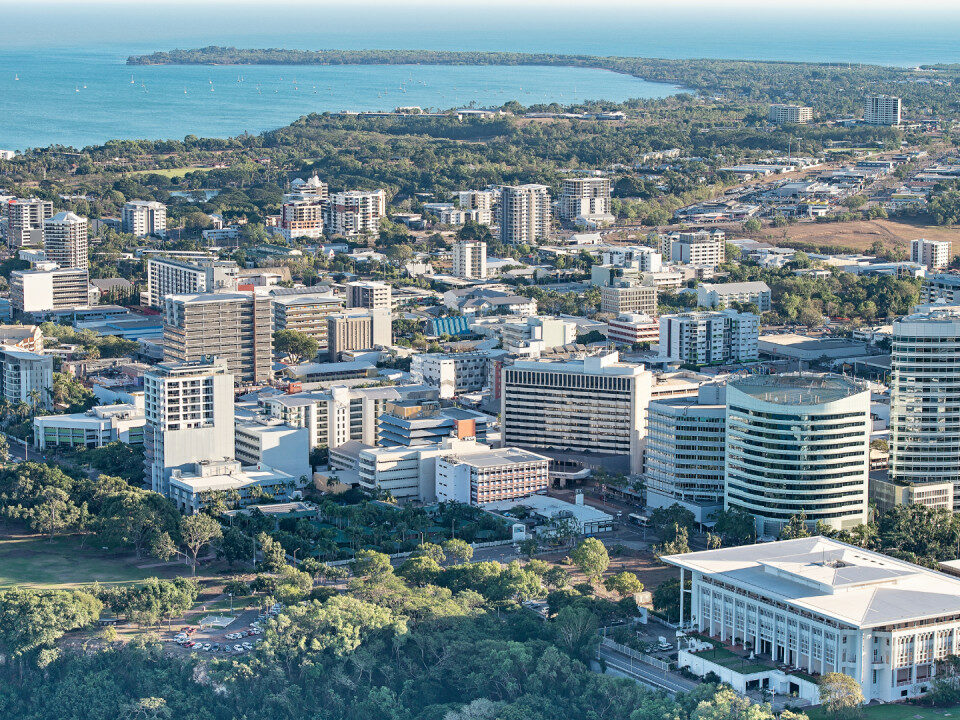- The first step is making the call.
- 1300 022 482
- hello@searchpartyproperty.com.au
What’s Wrong With Waterfront Property Prices?

Nationwide, waterfront properties are generally worth over 60% more than inland properties, according to some estimates. And as you might expect, this premium tends to be the highest within our capital cities.
For instance, waterfront properties in Sydney are, on average, worth almost double the value of inland properties – the highest waterfront premium in the world.
But it isn’t just the inner cities that continue to produce a major waterfrontage premium. Tourist hubs like Byron Bay, the Mornington Peninsula, the Sunshine Coast, the Gold Coast or the Central Coast are all coastal hotspots for attractive lifestyle properties. In areas like these, even inland properties can feel the knock-on effects of high waterfront demand.
In just two years following the onset of the pandemic in early 2020, prices in the entire Byron Bay Council Area (which includes areas such as Brunswick Heads, Suffolk Park, Ocean Shores, and Broken Head) exploded by almost 80%.
A big number, certainly! But at the same time, perhaps not all that surprising given conventional wisdom. Pandemic-fuelled city exodus aside, we typically expect that demand for waterfront and near-waterfront properties will be consistently high – especially in areas like Byron Bay – with Australia’s cultural affinity for beaches and a waterfront lifestyle.
However, since the sudden growth, the situation for coastal homeowners has since become increasingly bleak.
Since interest rates began to rise, Byron Bay’s median home price has been in free fall. The market has experienced a 24.8% fall from peak levels – equivalent to an average loss in value of half a million dollars per house.
And it isn’t just Byron Bay.
According to Ray White, a variety of other coastal markets in the Sunshine Coast, comprising Minyama, Sunshine Beach, and Alexandra Headland, alongside New South Wales suburbs in Tweed Coast, Lismore, and Port Macquarie, have witnessed similarly sudden declines in house prices.
In fact, despite a general rise in values throughout 2023, many coastal markets fell by as much as 11% around the country.
So, what explains the collapse?
Like most things, it comes down to a combination of factors.
For one, rate rises and increasing affordability costs have hit many coastal markets hard. With houses in these areas more likely to be at the top end of the market, the same percentage rise in mortgage serviceability can mean a much larger hit to household expenses. This fact also plays out in an ordered breakdown of price declines, with the historically lower value coastal suburbs experiencing the more moderate declines.
In addition, a ‘reverse sea change’ demographic trend is thought to have taken hold post-pandemic. Where demand for lifestyle properties and holiday homes saw an unprecedented surge in demand during the pandemic, this has begun to normalise with a return to in-office working arrangements. For coastal markets, with typically tourism-based economies and a smaller range of job opportunities, a return to the normal work-driven flow of people towards the cities seems to have taken place.
Lastly, consider the effect of Airbnb regulations.
With the extreme popularity of holiday homes in coastal tourism hotspots, the short-term rental (STR) model has become increasingly attractive to homeowners and investors, with a potential per-night income far above that of traditional long-term rentals. The ongoing campaign for greater STR regulations in the name of housing affordability, means that the viability of the STR model has begun to decline in many regions.
For example, councillors in Hobart voted last year to double rates for all properties advertised on Airbnb, while Brisbane’s council raised the surcharge applied to STRs. Many governments around the country have enacted or begun to explore similar policies, such as a cap on the number of nights a property can be rented for, or the introduction of stringent planning approval processes. Of course, such incentives reduce the appeal of owning property in the kind tourism hotbed that coastal markets tend to occupy.
For 2024, though, it seems that prices in coastal markets have begun to stabilise, and we may yet see a recovery to peak price levels, with rate cuts on the horizon. Returning to our Byron Bay case study – property prices had already begun to rise (by a very marginal 0.1%) over the last few months of 2023.
If you’ve been in the market for a waterfront property, now might be the time!
Want to discuss this further?
For expert guidance in property strategy, and what it could mean for you as a property investor, book in for a free consultation to make informed decisions, tailored to your investment goals. Don’t let affordability challenges hinder your success. Act now with Search Party Property!




